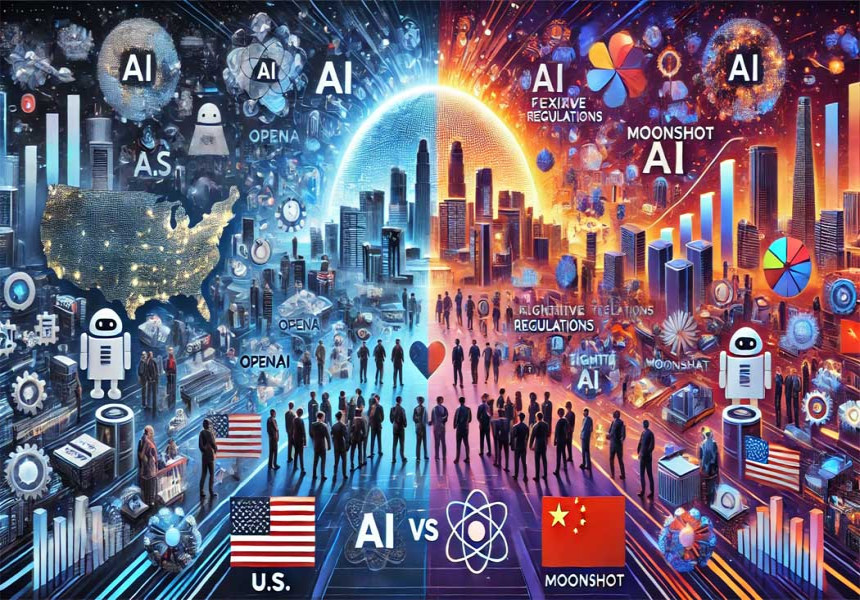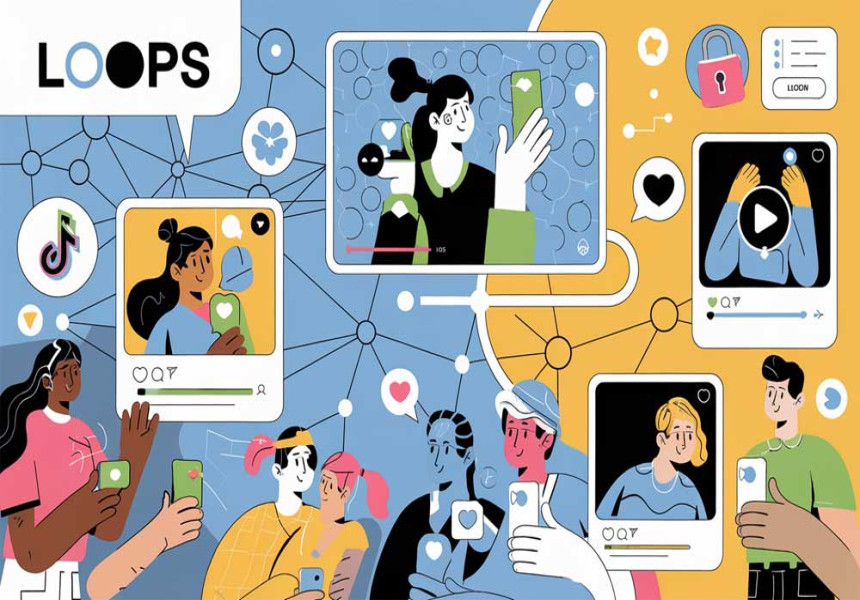The Impact of Litigation on the Future of AI Development
The rapid evolution of artificial intelligence AI) technologies has led to a surge in litigation against AI developers, raising critical questions about intellectual property rights, fair competition, and the ethical use of copyrighted materials. As lawsuits proliferate, they could compel significant changes in how AI companies operate, ultimately fostering a more responsible and legally compliant environment for AI development.
Background of AI Related Litigation
In 2024, the landscape of AI litigation became increasingly complex, with numerous lawsuits filed against prominent AI developers such as MosaicML, Suno, Uncharted Labs, Perplexity AI, and Lovo. Plaintiffs included both individual creators and large corporations seeking to protect their intellectual property. The New York Times initiated a wave of corporate lawsuits by filing a complaint against Microsoft and OpenAI for allegedly using millions of its copyrighted works without permission. Following this precedent, other media corporations like Universal Music Group and Warner Music Group also filed similar claims.
Claims Beyond Copyright Infringement
Initially, most lawsuits focused on copyright infringement claims. For instance, in Thomson Reuters Enterprise Centre GmbH v. ROSS Intelligence Inc., Thomson Reuters sued ROSS for using content from its legal research platform, Westlaw, to train its AI-powered legal research tool. The court ruled against ROSS's fair use defense, emphasizing that ROSS's actions were competitive and served as a substitute for Westlaw's services. This case illustrates how courts are beginning to scrutinize the use of copyrighted materials in AI training more rigorously.
Moreover, plaintiffs have diversified their legal strategies beyond copyright claims to include allegations of false advertising and unfair competition. For example, visual artists have brought cases like Andersen v. Stability AI, alleging that their works were used without consent in training datasets for image-generating platforms . Such diversification reflects a growing awareness among plaintiffs about the potential weaknesses in traditional copyright claims.
The Fair Use Defense: A Key Battleground
The fair use doctrine has emerged as a crucial point of contention in these lawsuits. Fair use allows limited use of copyrighted material without permission under specific circumstances. Courts evaluate fair use based on four factors: the purpose of the use, the nature of the copyrighted work, the amount used, and the effect on the market for the original work.
In the Thomson Reuters v. ROSS case, the court ruled that ROSS's use did not qualify as fair use because it was intended to compete directly with Westlaw. This decision has significant implications for other AI developers who may rely on similar defenses in future litigation . As more courts adopt stringent interpretations of fair use concerning AI training data, companies may need to reconsider their approaches to data sourcing.
Potential Impact on AI Development
The ongoing litigation landscape is likely to shape AI development in several ways:
1. Regulatory Compliance
As lawsuits become more frequent and complex, AI developers will need to prioritize compliance with intellectual property laws. This may lead to increased investment in legal resources and consultations to ensure that their practices align with evolving legal standards.
2. Reevaluation of Data Sources
AI companies may need to reassess their data acquisition strategies. For instance, developers might seek licensing agreements with copyright holders rather than relying on scraping publicly available data or using unlicensed content. This shift could foster partnerships between tech companies and content creators.
3. Development of Licensing Frameworks
With the rise in litigation costs and potential liabilities, there may be a push toward establishing comprehensive licensing frameworks for using copyrighted materials in training datasets. Companies might negotiate broad licensing agreements that provide clear guidelines on permissible uses while compensating content creators fairly.
4. Increased Settlement Negotiations
As courts begin to reject fair use defenses more frequently, defendants may opt for settlements rather than risking unfavorable rulings at trial. This trend could lead to more negotiated agreements between AI developers and copyright holders.
The wave of lawsuits against AI developers represents a critical juncture for the industry. As courts clarify the boundaries of copyright law concerning AI technologies—particularly regarding fair use—developers will be compelled to adapt their practices accordingly. The outcome of these legal battles will not only shape the future landscape of artificial intelligence but also influence how companies approach ethical considerations in technology development.
Examples of Notable Cases
- Thomson Reuters v. ROSS: A landmark case where Thomson Reuters successfully argued that ROSS's use of its copyrighted materials was not protected under fair use due to direct competition.
- Andersen v. Stability AI: Visual artists sued Stability AI for using their works without permission in training datasets for image generation.
- Vacker v. ElevenLabs: A lawsuit brought by voice actors alleging unauthorized use of their vocal performances in training voice synthesis models 4 .
As litigation continues to unfold in 2025 and beyond, these cases will serve as precedents that shape both legal interpretations and industry standards surrounding artificial intelligence technologies.









